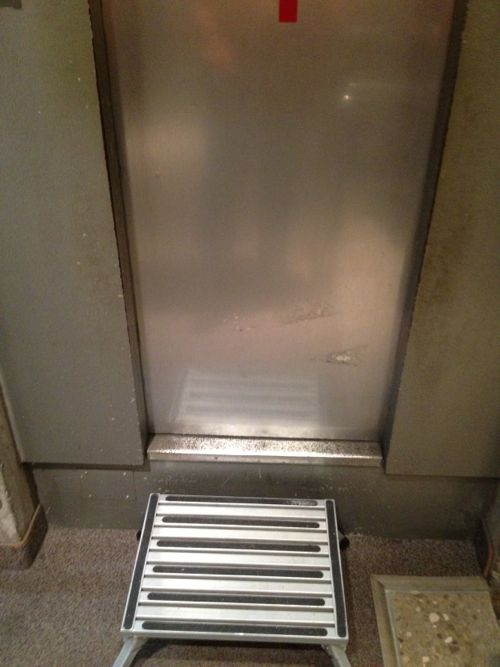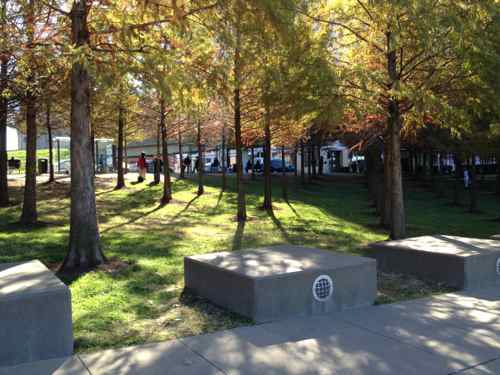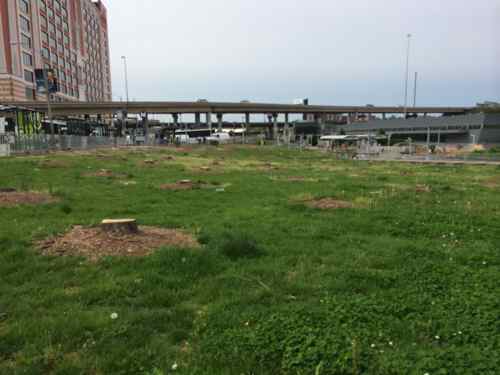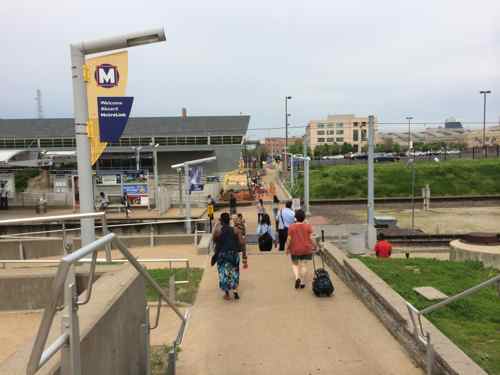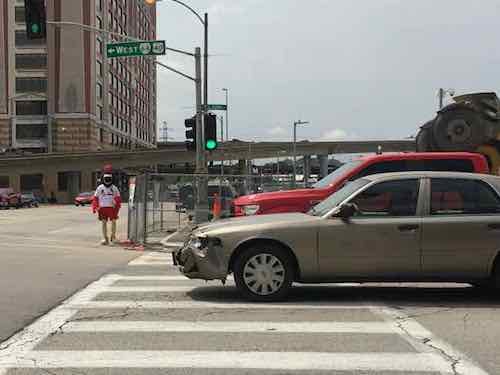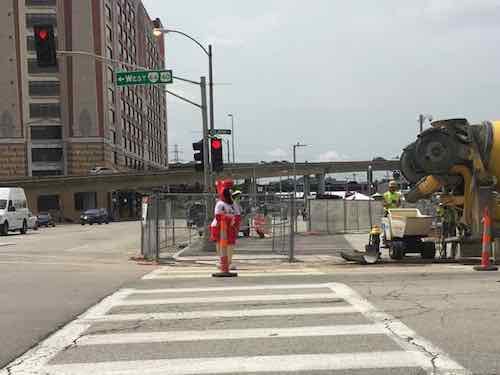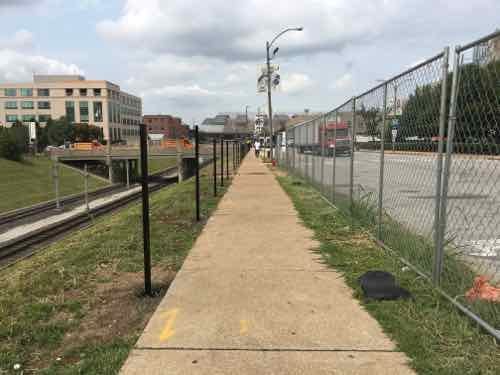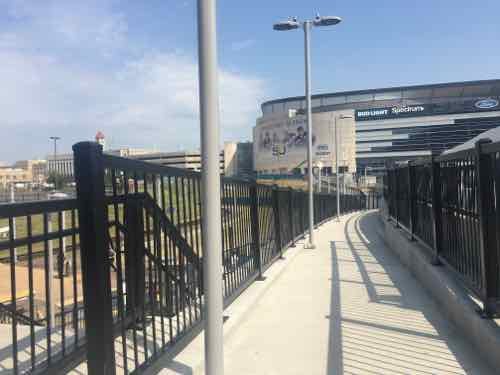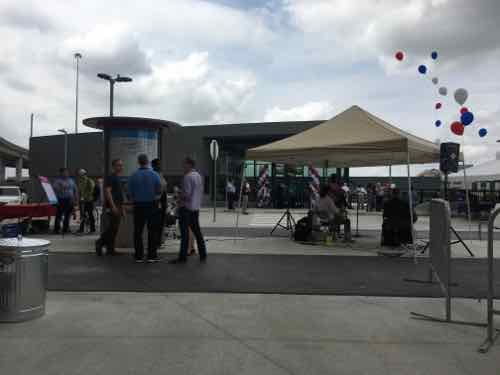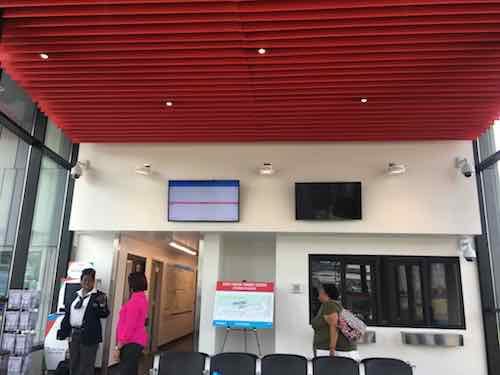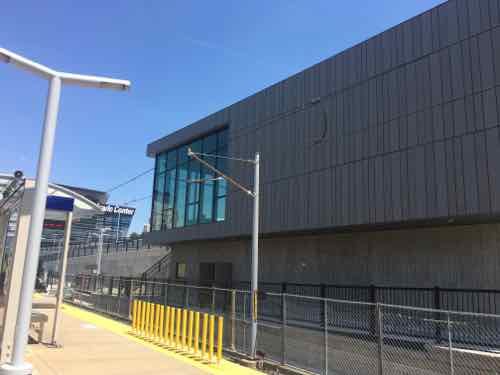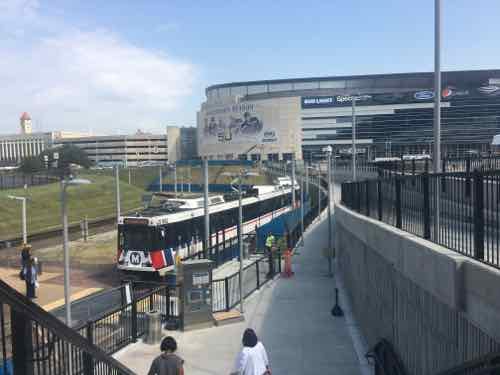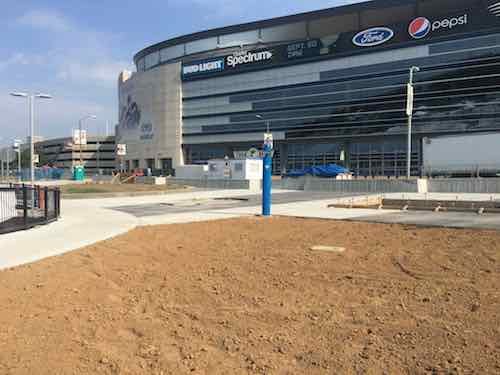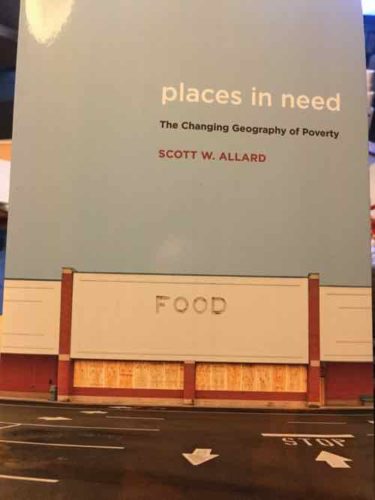St. Louis Does the Opposite of the National Association of City Transportation Officials (NACTO)
Last month I wrote about a new book, an excellent design guide, see Reading: Urban Street Stormwater Guide by the National Association of City Transportation Officials. I loved it so much I asked the publisher to send me the rest pf the hardcover guides: Transit Street, Urban Bikeway, and Global Street. All information in the printed guide books is available for free online.
There are some here trying to get the City of St. Louis to become a member city of the National Association of Transportation Officials (NATCO). Who you ask?
NACTO’s mission is to build cities as places for people, with safe, sustainable, accessible and equitable transportation choices that support a strong economy and vibrant quality of life.
We do this by:
- Communicating a bold vision for 21st century urban mobility and building strong leadership capacity among city transportation officials.
- Empowering a coalition of cities to lead the way on transportation policy at the local, state, and national levels.
- Raising the state of the practice for street design that prioritizes people walking, biking, and taking transit.
Here’s their intro video:
Since St. Louis, and the region by extension, does the opposite of what NACTO recommends, we could benefit greatly if the city joined — and followed their lead. But I doubt the traffic engineers in the Streets Dept and the like-minded engineers at the Board of Public Service are willing to change the way things have always been done.
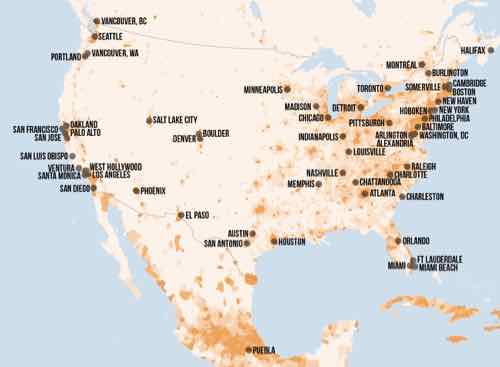
Again, see various departments fighting NACTO’s recommendations. In the coming months I plan posts showing the NACTO way vs the St. Louis way.
— Steve Patterson
